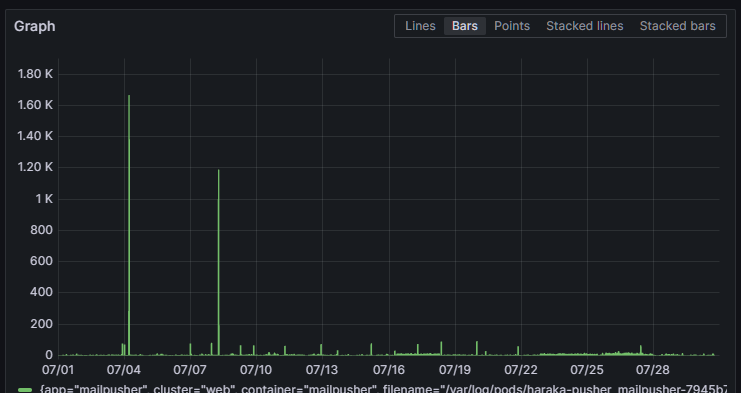Actual public services run there, yeah. In case if any is compromised they can only access limited internal resources, and they'd have to fully compromise the cluster to get the secrets to access those in the first place.
I really like garage. I remember when minio was straightforward and easy to work with. Garage is that thing now. I use it because it's just co much easier to handle file serving where you have s3-compatible uploads even when you don’t do any real clustering.

No. It's my in-cluster storage that I only use for things that are easier to work with via S3 api, and I do backups outside of the k8s scope (it's a bunch of various solutions that boil down to offsite zfs replication, basically). I'd suggest you to take a look at garage's replication features if you want it to be durable.